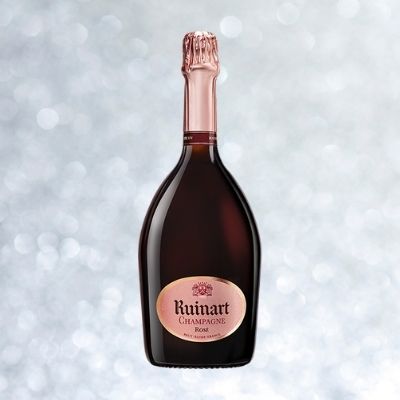
Champagne Styles: Deciphering the Label
If reading the label on a Champagne bottle seems like looking at a foreign language, that’s because it is. Never fear, this series of articles will break down what the terms on the label mean, step by step, so you can make informed choices about which Champagne styles are best suited to your palate.
Let’s go through a few things you can know to be true if you are buying a bottle of Champagne. It must come from the region of Champagne, France. It will be created using the traditional method, in which a secondary fermentation happens within the bottle - this is what makes the bubbles! Lastly, the wine will be made with one or more of the following grapes: Chardonnay, Pinot Noir and Pinot Meunier. Technically, there could be a tiny portion of Pinot Blanc, Arbanne, Petite Meslier or Fromenteau, but very little of the region is planted to these grapes.
Now, about those French terms on the label and what Champagne styles they indicate. A Blanc de Blancs is a ‘white of whites’, which means your wine will likely be made from 100% Chardonnay. Sure, there is a chance they used a pinch of one of the other permitted whites, but it is unlikely. Blanc de Blancs are considered some of the most age-worthy whites. Typical tasting notes will be of lemons and apples with notes of biscuit, boasting high acidity. One great example is the 2008 Delamotte Blanc de Blancs with its ‘expressive bouquet of freshly baked bread’.
Blanc de Noirs are made only from red grapes. Accordingly, you will pick out more red fruit characteristics and a fuller body. While sometimes considered slightly less finessed than a Blanc de Blancs, younger Blanc de Noirs are usually more approachable. This is exactly the case with the 2009 Philipponnat Blanc de Noirs which can be enjoyed now. Sometimes a more textured and round Champagne may be fitting to your palate.
Rosé Champagne is usually made by blending a small amount of red wine into the white, albeit producers may choose to make it the way that still rosé is made: with limited skin contact time with red grapes. Either way, one can expect to taste more red fruits, some spice and perhaps even a floral note on a rosé Champagne. A classic Non-Vintage Rosé Champagne is the much-loved Ruinart Rosé.
Of course, all these styles will be influenced by age and sweetness. The ultimate level of sweetness depends greatly on what is called dosage - that is the addition of the ‘liqueur de expedition’ - typically a mix of wine and sugar to top up the bottles before the cork is inserted. Adding the dosage is frequently desired to balance Champagne’s high acidity, plus it enhances the Maillord reaction between the sugars and the compounds formed from the wine’s time on its lees (the dead yeast cells) creating even toastier aromas of brioche and vanilla bean. Don’t worry, you don’t need to remember terms like ‘dosage’ or ‘Maillord’ to read the label, just the ones that indicate the sweetness level.
The driest wines will be labeled ‘Brut Nature’, meaning no dosage is added, and the residual sugar will be 0-3 grams per liter. This will be intensely dry, zippy and perhaps for some, a bit too biting. However, it is a style growing in popularity as the world palate has been veering in favor of less sweetness. After that the sweetness designations are:
Extra Brut 0-6 grams per liter (g/l)
Brut 0-12 g/l
Extra-Sec 12-17 g/l
Sec 17-32 g/l
Demi-sec 32-50 g/l
Doux 50+ g/l
Brut is the designation you are most likely to see. This is just the beginning of understanding the different Champagne styles. Keep an eye out for our next post which will look at how age affects your wine.



